
– Washington
This article is not a fleeting attempt to showcase excerpts previously shared on social media platforms or discussed in conversations with friends and stakeholders. Nor is it merely a recycling of what has already been said here and there.
It is an effort to uncover the grim reality of the Syrian scene after the fall of the bygone regime, where slogans and promises continue to be sold, just as illusions were once peddled to the Syrian people under the guise of revolution and change.
The Israeli neighbor, holding the keys to legitimacy in the region, will not grant the seal of approval to the new regime in Damascus. Israel views it as a fragile entity, unworthy of recognition or partnership, as it does not represent an elected government or one capable of long-term viability. Meanwhile, the United States continues its grand game against Iran, using Syria as an additional pressure tool in a larger equation that encompasses nuclear files, terrorism, and even Russian and Chinese influence.
This analysis is not intellectual luxury or an attempt to fill the void with discussion; it is a serious endeavor to understand what is happening behind the scenes. Syria today is merely a fragment of a complex regional mosaic, redrawn with a mix of violence and international complicity. The future remains on a horizon filled with surprises—some of which, if my predictions are correct, may involve shaving Khamenei’s beard, trimming it, or something far beyond that.
Syria Between the Hammer of Liberation and the Anvil of External Powers
In this introduction, I explore Syria’s complex reality after its liberation from the grip of the bygone regime. Despite this liberation, the Syrian decision-making remains out of its people’s hands, as the nation finds itself caught between the hammer of liberation and the anvil of regional and international powers, which intensify the suffering of its exhausted population.
Following the fall of the bygone regime, a tangled political landscape emerged where external interests collide, contributing to additional layers of instability. The new government in Damascus has feverishly tried to bolster its legitimacy and consolidate its authority, but these efforts often backfire, undermining its stability and dashing the hopes of those who regarded this period as a genuine salvation.
In this context, Israel’s pivotal influence in determining the fate of the new regime comes to the forefront, while U.S. pressures on Iran continue to escalate. Consequently, the Syrian crisis becomes merely a detail in a broader regional tableau filled with unexpected possibilities.
Natasha Hall, New York Times, April 3, 2025

Israel: The De Facto Arbiter of Damascus’ Legitimacy
Amid the turbulent political transformations in Syria, Israel emerges as a critical player in determining the legitimacy of the new regime in Damascus.
From Tel Aviv’s perspective, the new government lacks the necessary legitimacy for long-term survival, due to its undemocratic election and the absence of trust in its ability to ensure lasting stability. This stance is clearly reflected in statements by Israeli officials referencing plans for military and intelligence control over a 60-kilometer zone inside Syrian territory, aimed at preventing potential threats, as reported by Yedioth Ahronoth on January 10, 2025.
Having carried out hundreds of airstrikes on Syrian soil since the fall of the bygone regime, Israel views the new government, led by Ahmad al-Sharaa (formerly Abu Muhammad al-Jolani), with suspicion. Despite its moderate rhetoric, Israel considers this regime a potential long-term threat. This outlook aligns with an Israeli strategy to avoid any peace agreements with Damascus, believing that temporary stability could turn into future hostility. According to a recent media update published by Al Jazeera Net on April 6, 2025, the Wall Street Journal quoted an Israeli military official as saying that the army is carrying out operations to ensure security in the buffer zone in Syria.
U.S. Pressures on Iran: The Nuclear Project as a Bargaining Chip
In parallel with regional shifts, the U.S. is intensifying its military and diplomatic campaign against Iran’s regime to force Tehran into dismantling its military nuclear project.
While military escalation dominates the surface, arduous negotiations are underway behind the scenes to craft a treaty with Washington that imposes stringent conditions, potentially ending Iran’s nuclear ambitions entirely. This route appears more likely than strategic strikes on nuclear facilities, which could lead to an environmental catastrophe with widespread repercussions.
Recent media updates affirm this approach. Reuters reported on March 25, 2025, that a senior U.S. official met with Syrian Foreign Minister As’ad al-Shibani to discuss easing sanctions, emphasizing Washington’s intent to ensure the departure of foreign fighters and prevent Iran’s resurgence in Syria. Meanwhile, The New York Times on April 3, 2025, highlighted the U.S. administration’s view that stabilizing the new Syria is instrumental in undermining Iranian influence, though any escalation risks reintroducing Iran forcefully into the Syrian scene.
In the meantime, the Iranians do as they please
Mark Dubowitz, Israel Hayom
Washington and Damascus: Selling Illusions or Pragmatic Policy
Some factions in Washington, supported by regional allies such as Qatar and Turkey, promote narratives suggesting that international sanctions on Syria might be eased or lifted, and even that the U.S. President might meet Ahmad al-Sharaa.
These narratives evoke memories of the false promises of political mercenaries in the former Syrian opposition coalition, who sold the Syrian people empty dreams throughout years of conflict. However, the reality shows that past and ongoing diplomatic efforts have failed to yield tangible changes in Syria, due to overlapping and conflicting interests.
The U.S. State Department stated on April 1, 2025, in remarks to Syria TV, that it supports the new authorities’ control over all Syrian territories while reviewing sanctions on the bygone regime and excluding Iranian influence and foreign fighters. Nonetheless, these statements remain mere political rhetoric lacking practical guarantees, especially under Israel’s dominance in Syrian decision-making.
Conclusion: Syria Under the Spotlight and an Open Future
Syria remains a part of a complex regional mosaic, where the interests of Israel, the United States, and Iran intertwine. Israel continues to reject the new regime as a reliable partner, while Washington aims to leverage Syria’s stability as a bargaining chip against Iran. Domestically, the success of the regime hinges on its ability to unify factions and rebuild the economy—tasks that currently seem far out of reach.
Among the possible scenarios:
Syria’s future remains open-ended, but the success of any path forward demands a delicate balance between external pressures and internal reforms. Amid these turbulent dynamics, Syria’s fate hangs on all possibilities, including surprises that could shift regional power balances. Among those possibilities are the symbolic dismantling of Iran’s nuclear ambitions—likened to “shaving Khamenei’s beard”—or a move toward unexpected political settlements that redefine the regional landscape.

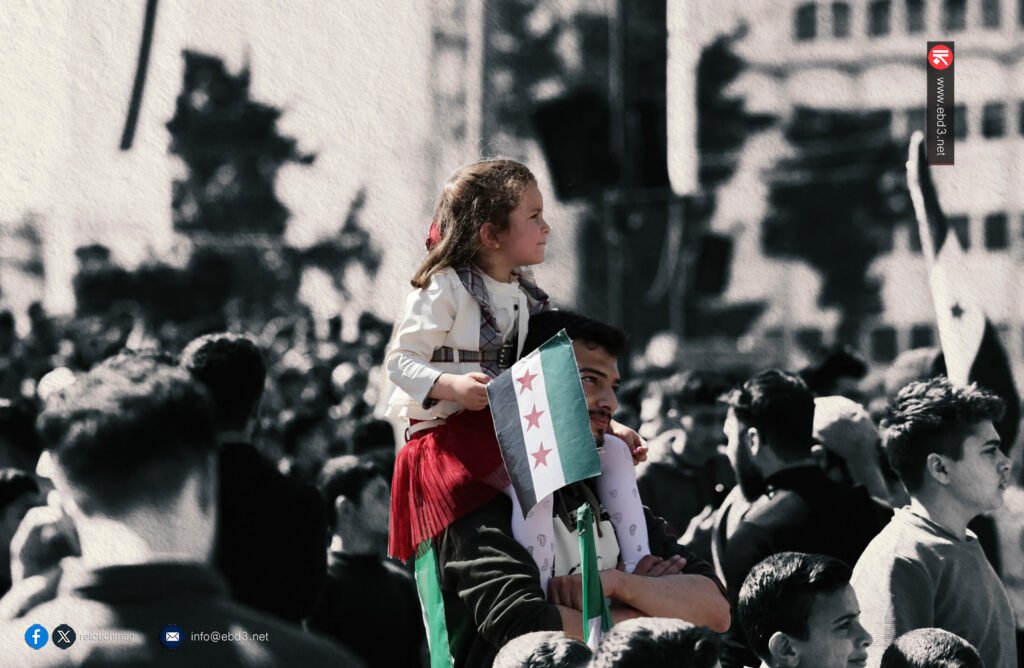
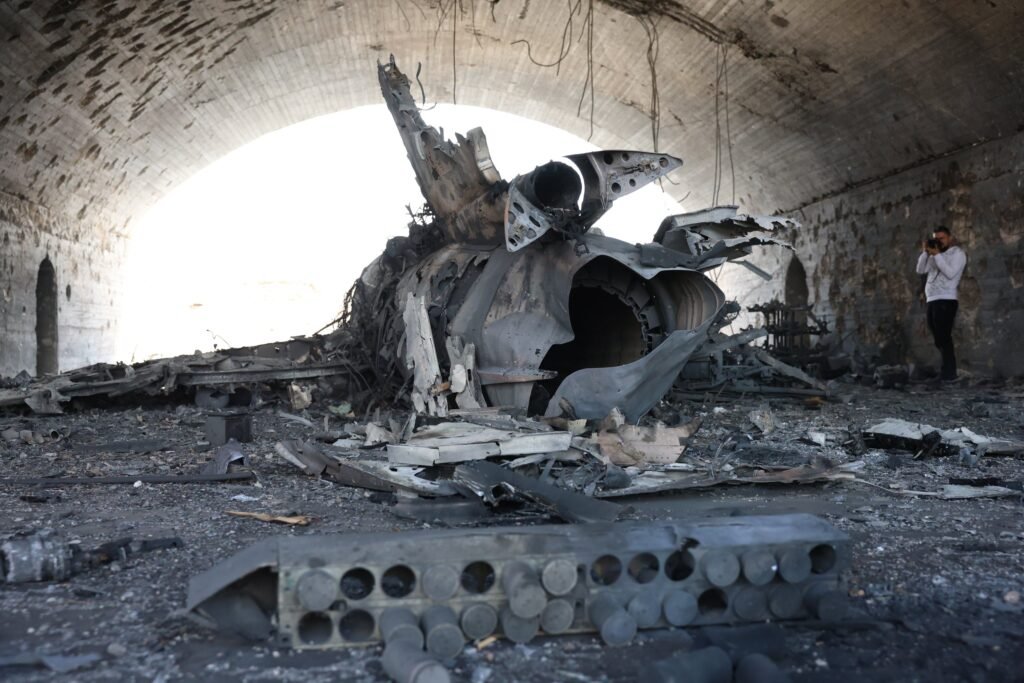
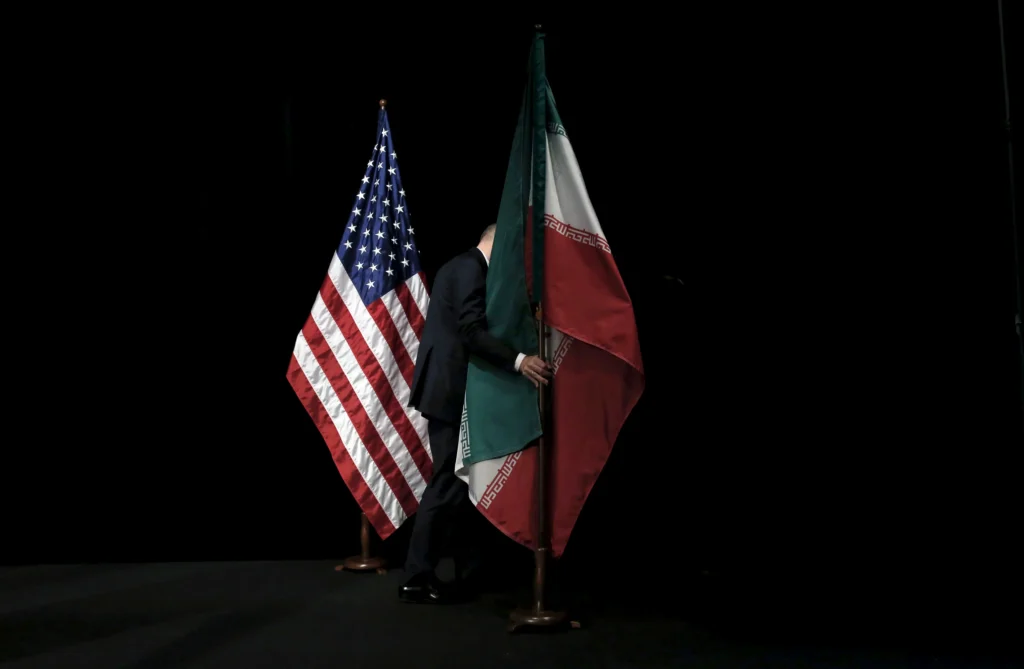
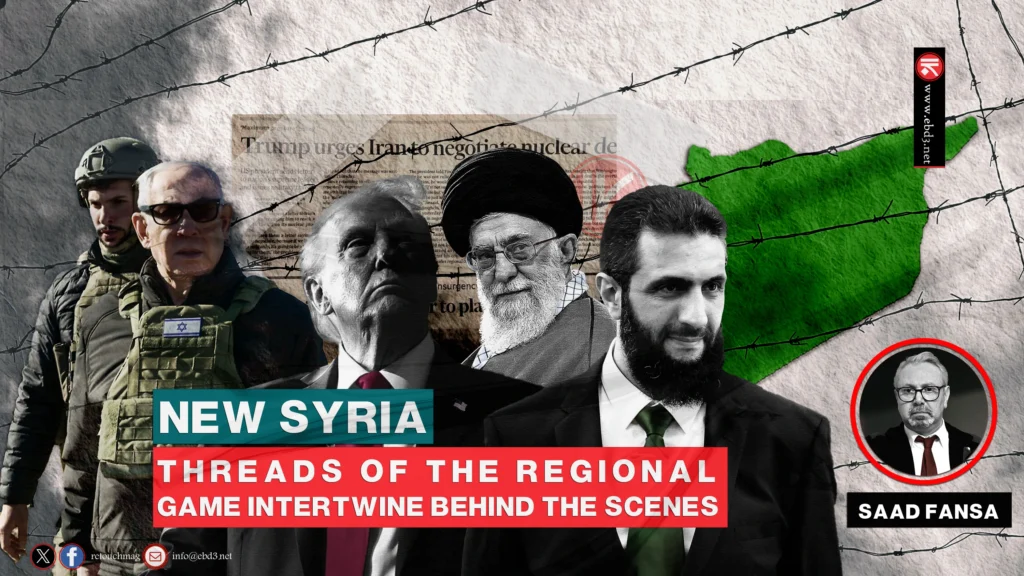



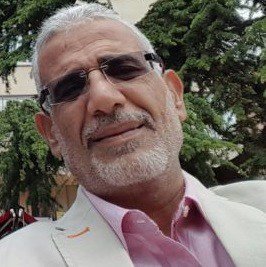 ماهر حمصي
ماهر حمصي